Piercing Gauging Guide: Everything You Need To Know About Gauging Your Piercing
Tyler Martina

Piercing Gauging Guide: Everything You Need To Know About Gauging Your Piercing
You see people walking around with oversized earrings (known as plugs) all the time. Whether you are interested in doing gauging yourself or not, it definitely gets your attention and makes you ask yourself some questions, like:
How is piercing gauging done?
How long does gauging take?
What is the healing process and aftercare like?
In this Piercing Gauging Guide we will cover all these questions and more as we take a deep dive into the body modification practice that has been around for centuries, and is only recently making a comeback, gauging. Whether you're a body art enthusiast or just curious about the process, this article will provide an in-depth look at what piercing gauging is, how it works, the aftercare involved, and more!
What Is Piercing Gauging?
Piercing gauging, also known as stretching, is the process of gradually enlarging the size of a healed piercing. Gauging can also be done at the initial piercing by being pierced with a larger gauge needle. Gauging is most commonly done with ear piercings, but can be done on any part of the body where it is safe to stretch the skin. The goal of gauging is to increase the size of the piercing hole to fit larger jewelry, such as plugs, tunnels, rings, or any other body safe material you would want to put in your piercing hole.

How Does Piercing Gauging Work?
Step 1: Initial Piercing
If you are interested in gauging you can expedite the process by getting the initial piercing done with a larger needle. However, no matter what size initial piercing you get, it will need to be fully healed before you do any additional stretching. Depending on the piercing location, this can take several months to a year following proper piercing aftercare (check out our guide to piercing aftercare to learn how to do it the right way). Again, you must make sure the piercing is fully healed before beginning the gauging process.

Step 2: Choosing the Right Jewelry
To start gauging, it’s important to start with the right jewelry. The first step is choosing a body safe material for your jewelry, such as, implant grade titanium, 14k gold, or glass. The next step is choosing a gauge larger than your current piercing, but not too much larger.

Step 3: Gradual Stretching
The key to successfully gauging your piercing is to stretch gradually. This is usually done in small increments, typically around 1mm - 2mm’s at a time. Here’s a general outline of the process:
Taper Method: A taper is a piece of jewelry that helps to gradually stretch the piercing. The smaller end of the taper is inserted into the piercing and slowly pushed through until the thicker end matches the desired gauge size.
Dead Stretching: This method involves simply inserting the next size of jewelry without the use of a taper. This should only be done if the previous size is loose enough to accommodate the next size without force.

Step 4: Allow Healing Time
Just like an initial piercing, each stretch of the piercing when gauging needs to be allowed time to fully heal. This is usually faster than healing an initial piercing, and usually takes about several weeks. You may want to upsize faster than your body will allow so patience is essential. This will ensure you will avoid gauging complications such as tearing, blowouts, or any other problems.
Aftercare for Gauged Piercings
Proper aftercare for any piercing is crucial for any piercing, and gauging piercings is no different. Here is a quick guide to gauging aftercare, to ensure your newly stretched piercing heals the best way possible.
Keep It Clean:
Clean the area with a sterile saline solution as recommended by your piercer. Avoid harsh chemicals like alcohol or hydrogen peroxide, or anything besides sterile saline solution, water, and mild soap.
Avoid Touching:
Keep your dirty little hands off your piercing. I know it is tough not to touch your new piercing, but resist the urge until it is fully healed. Also when cleaning do not twist the jewelry, this only prolongs healing time.
Moisturize:
Keep the skin around the stretch moisturized with a lite lotion or safe natural oils. This will ensure the area will stay supple aiding in stretching.
Monitor for Issues:
Keep an eye out for signs of irritation, such as redness, swelling, discharge, or excessive pain. If you notice any of these symptoms, contact a professional piercer and schedule a piercing check up.
Be Patient:
Again, be patient! Rushing the gauging process can lead to complications. Allow adequate time between each stretch for proper healing. If you do not, the gauging process will take even longer.

Now you should be an expert of gauging. And, if you are thinking about “engaging” in some gauging yourself you should know how it’s done, what to expect, and how to heal it the right way.
If this guide to piercing gauging inspired you to start the gauging journey make sure to book at Mr. Inkwells, where one of our gauging experts can help get your piercing up to size.
See you soon!



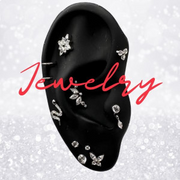
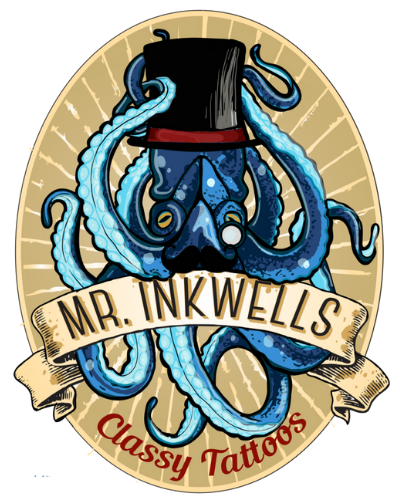































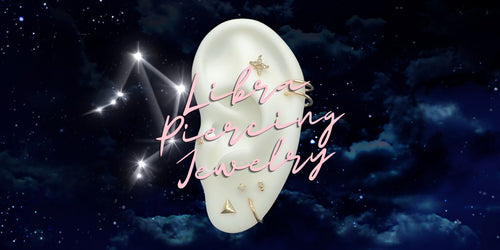



















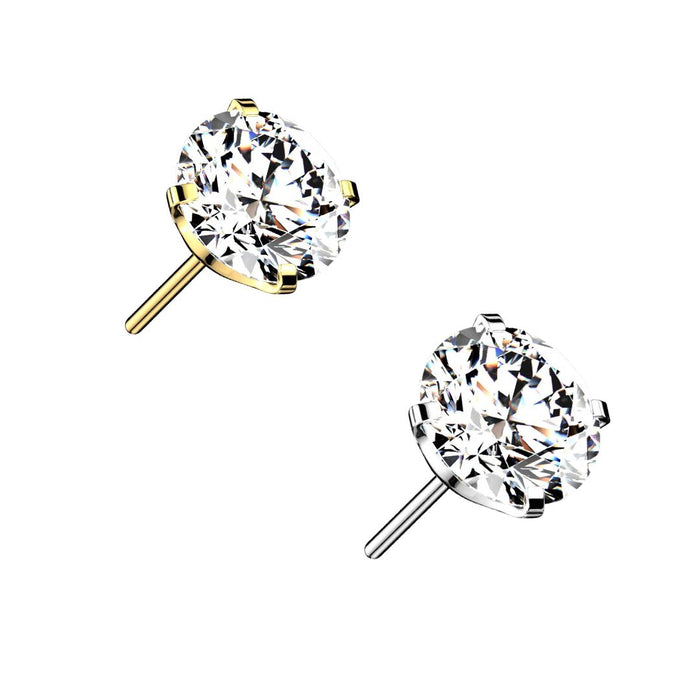

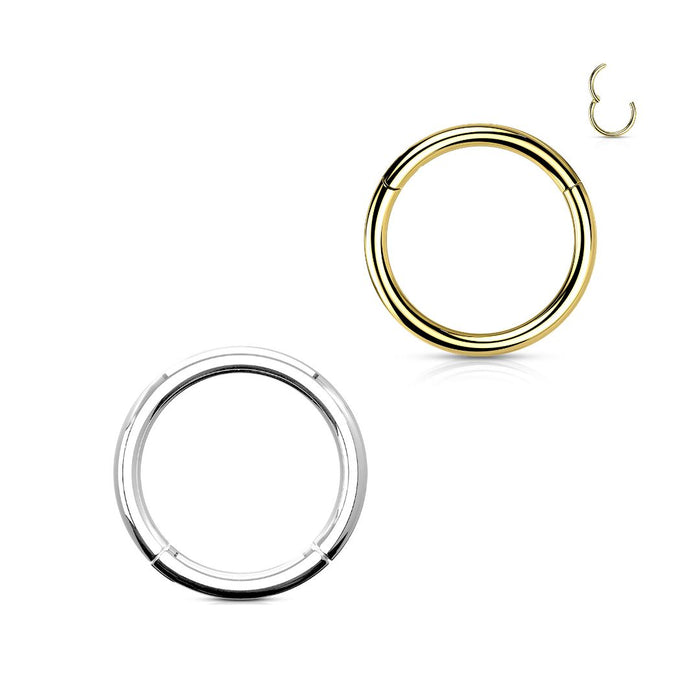
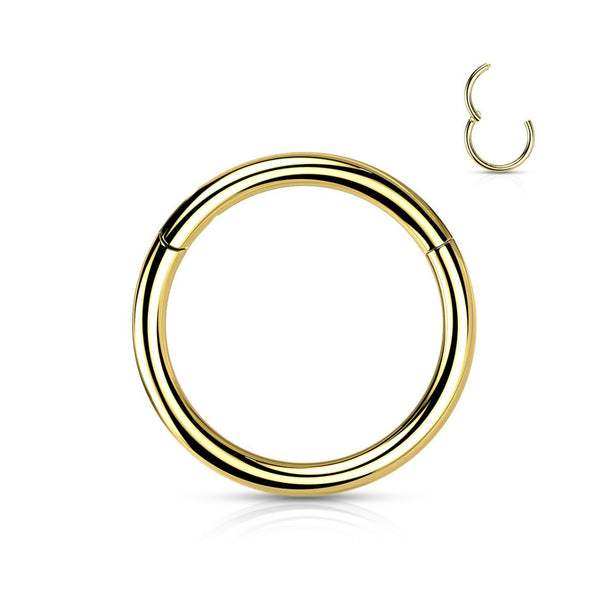
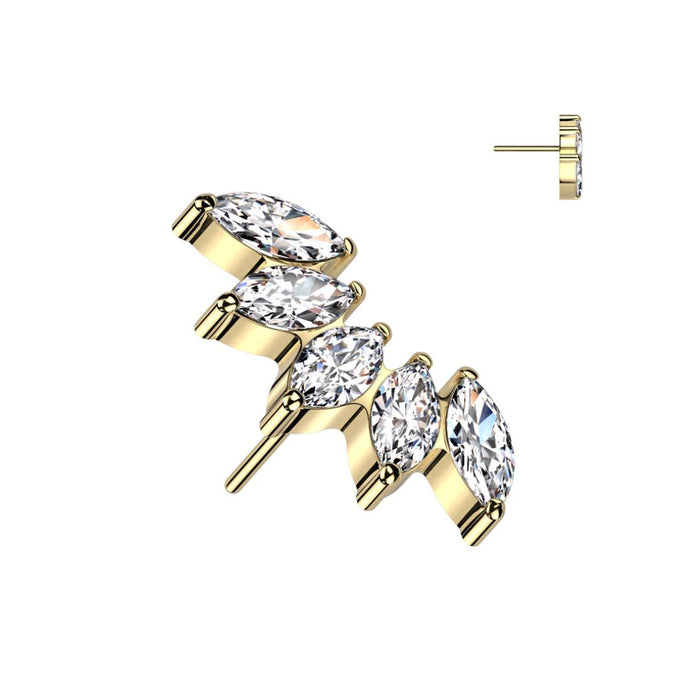
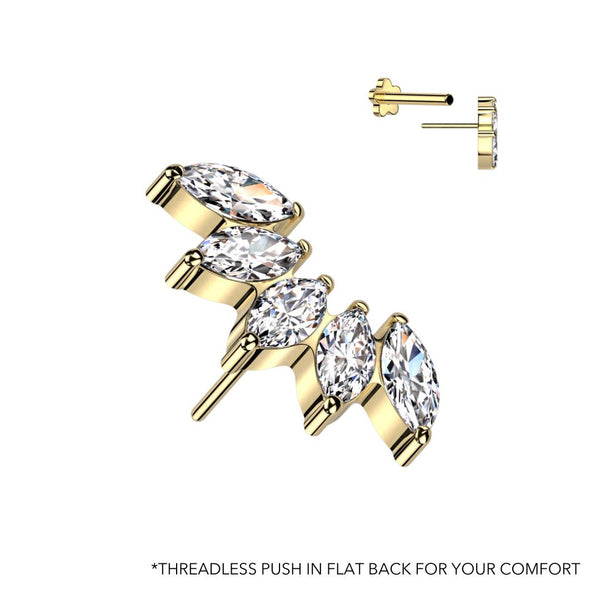
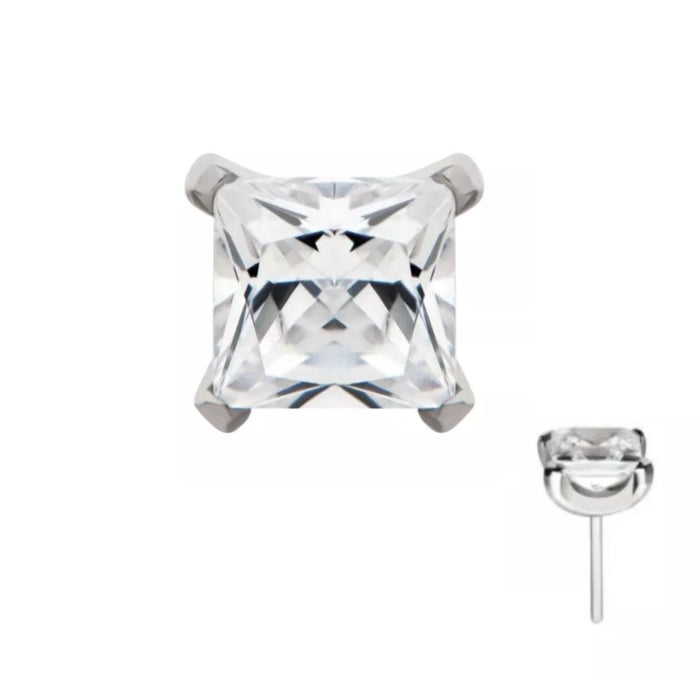

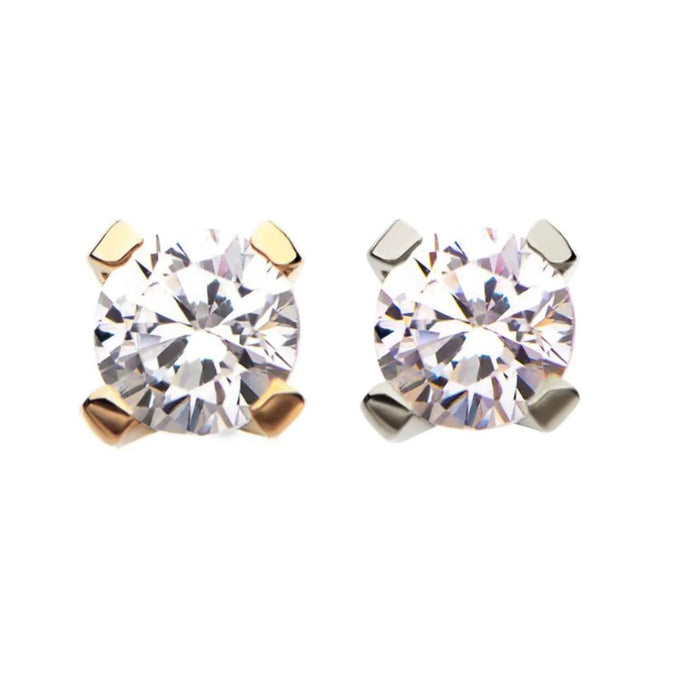
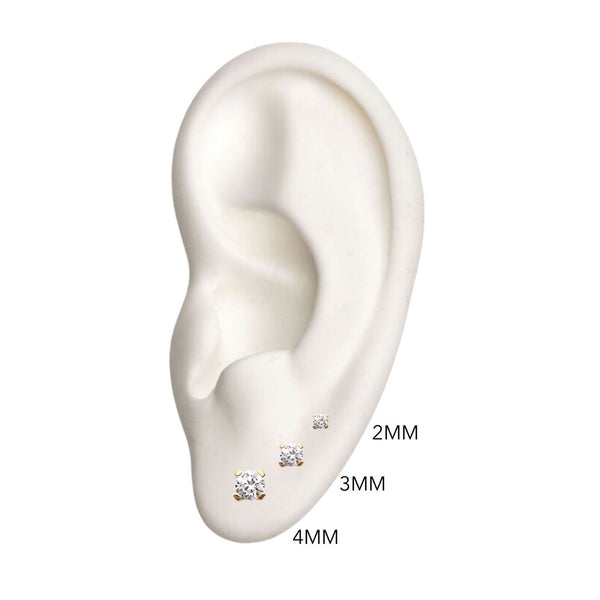
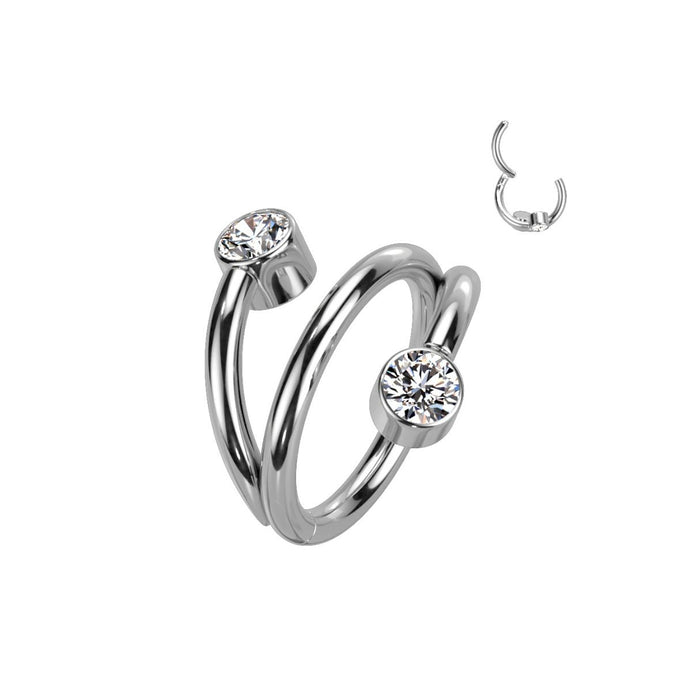
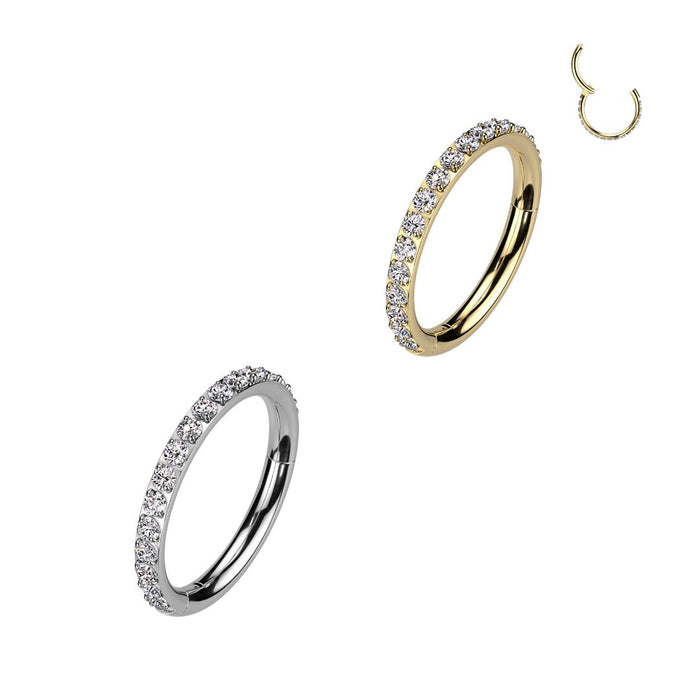
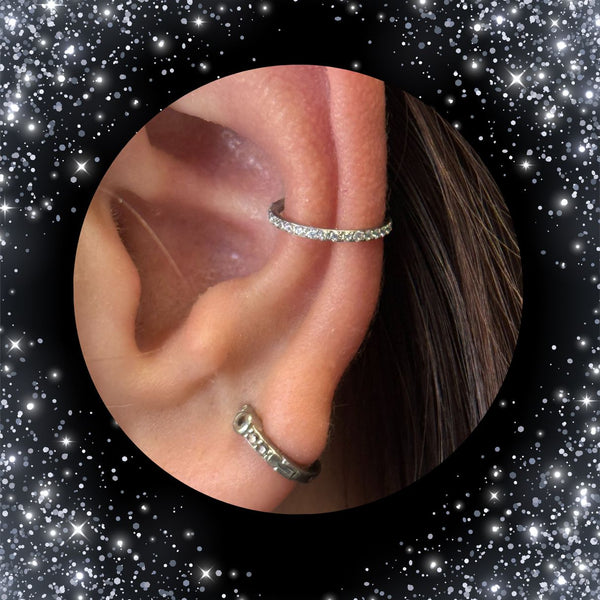
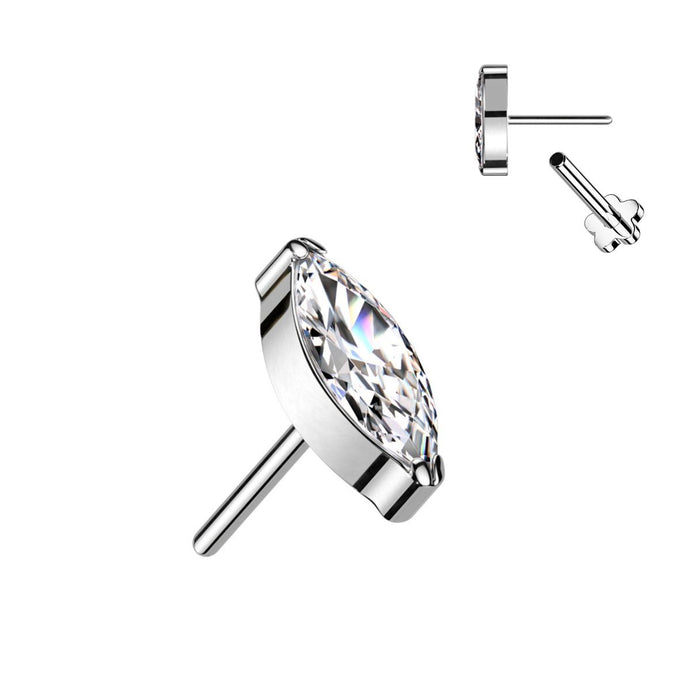

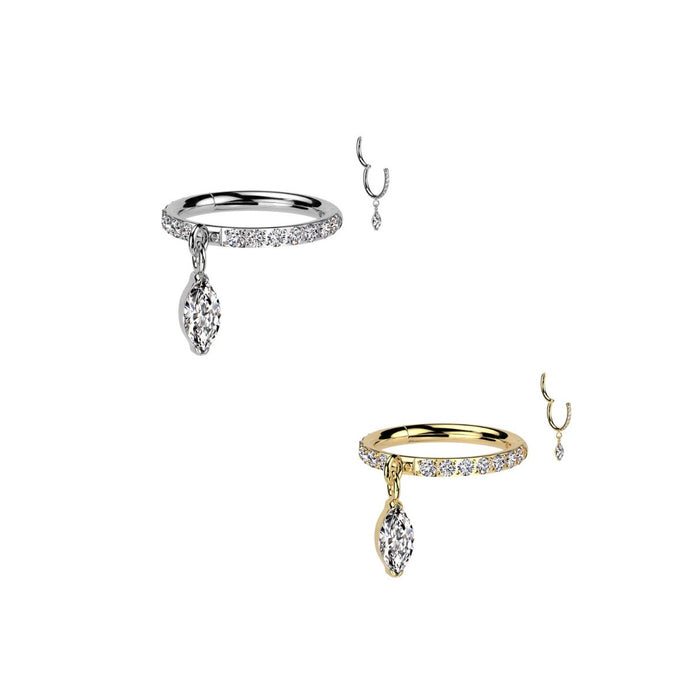



0 comments